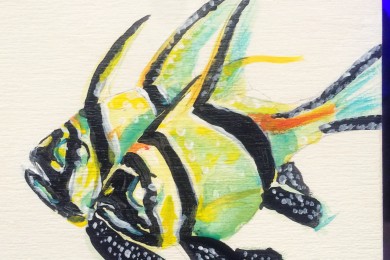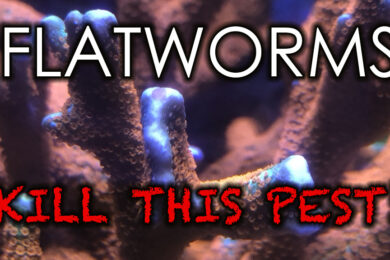Hello Everone, Steven here! Thank you again for joining me for another episode of “What’s right for your tank” chat. As I work to put this series together I have truly learned the amount of time and effort content creators puts in behind scenes. I would typically take 2-3 hours put together footage and image, edit, do researches to make sure I am providing the right information, then another 2-3 hours to write, edit, post and broadcast contents.
At this time I am not (and possibly never will) receiving any monetary reward for the effort. But my passion is to share this wonderful hobby and help everyone become informed, and in term, help everyone keep their beloved livestock living longer and healthier. That alone is rewarding enough for me.
I’d like to simply ask for your support to like and share this video, and subscribe to the channel to help support the cause. Thank you so much! without further due, let’s jump into today’s topic: Are Naso Tangs right for your tank?
/bluespine-unicornfish--naso-unicornis--910564080-5afca69b3037130037ab5abe.jpg)
Naso (unicorn) tangs belong to the Acanthuridae family, commonly known as surgeonfish or tangs. These fish are known for carrying the razor sharp blade near their tails. Not only the Naso tangs share that same signature feature, their spines are among the largest, and longest in the family, and most of the do not retract their their Acanthurinae cousins (Acanthurus, Zebrasoma, etc).
There are currently 17 species identified under the genus Naso. But who knows where else might house some unique species under the vast open sea? The Naso family contains some of the largest of all surgeons fishes. Some of them can reach well over two feet in length not counting the “unicorn”. But not all Naso tangs have the unicorn. The popular aquarium species Naso Lituratus, or the “naso tang” typically do not develop the unicorn, at least not in captivity.

In my personal travel I’ve snorkeled with unicorn tangs Naso Unicornis and their full body length is the entire size of my torso. Just to give you an idea how large they get.
Because of the size these fish can reach, compounded by the need for space, fresh, oxygenated water and difficulty in shipping (adult fish), only three species of these magnificent creatures are commonly found in the aquarium trade: Naso Lituratus, the black back naso tang; Naso Elegans, the blonde naso tang (essentially a lituratus with a yellow morph to the back fin); and Naso Vlamingii, the Vlamingii tang, which isn’t even that commonly available as this fish can reach two feet in length.

So, are Naso tangs right for you? Well, if you have not noticed my emphasis in their size by now, let me just place your focus on space, space, and space. Even the smaller naso tang (lituratus) can reach well over a foot in body length. So ideally you’d want a tank with 8’+ of unobstructed swimming lane, 4’+ of width to allow the fish to turn without bumping into things, and enough flow to generate the oxygen rich water. Tanks of this size normally means 300+ gallons. I know some may argue that they’ve had success keeping them in tighter tanks. I will not disagree that is also possible. Just like it is possible to place a human in a 4’x 10′ jail cell complete with plumbing for 20 years. They will survive with regular feeding and proper hygiene. But are they happy and thriving is another story.
Outside of the space requirement, Naso tangs are some of the easiest, and most docile fishes you can find in the hobby. Despite being the largest among all tangs, Naso tangs are gentle giants and tend to play peace keeper in my tanks. They eat like a pig almost without fail, and due to its size it is very rare that any tankmates would bother trying to intimidate them. There is very little compatiblity issue between the naso tang and most other commonly available fishes. Though you will still want to be careful when the naso tang is still young and undersized. Once it matures and grows out its streamer there is very little chance anyone can bother them.
In conclusion, as long as you have the adequate space to dedicate to these marine beauties, you will be nicely rewarded with a beautiful fish that is both gentle, and full of charm.













